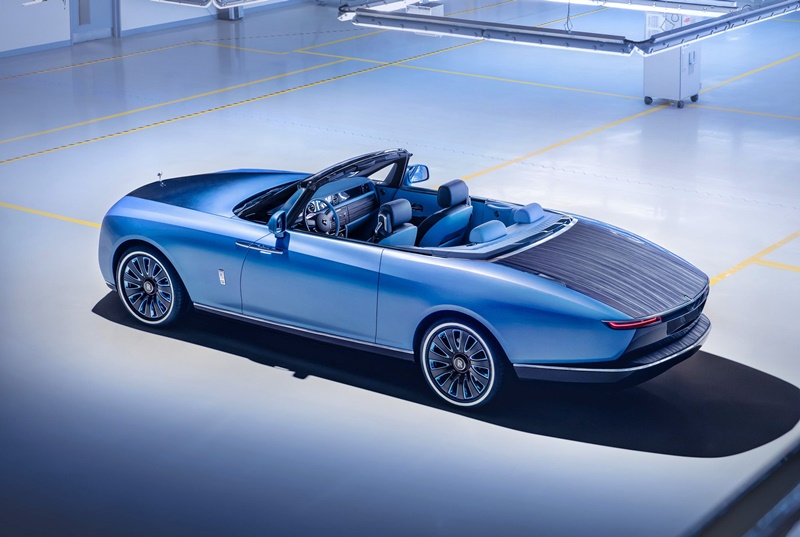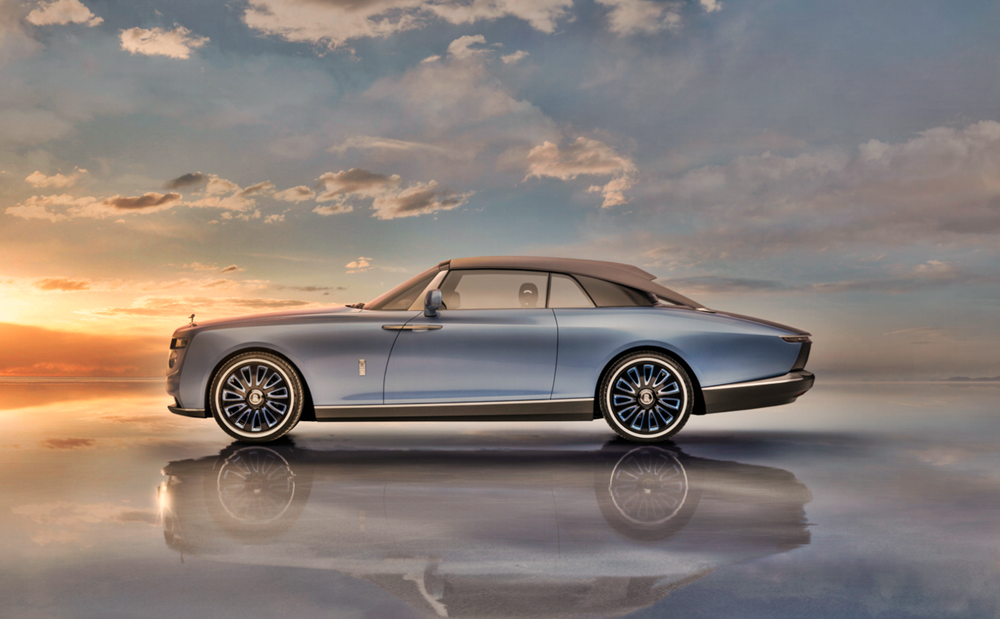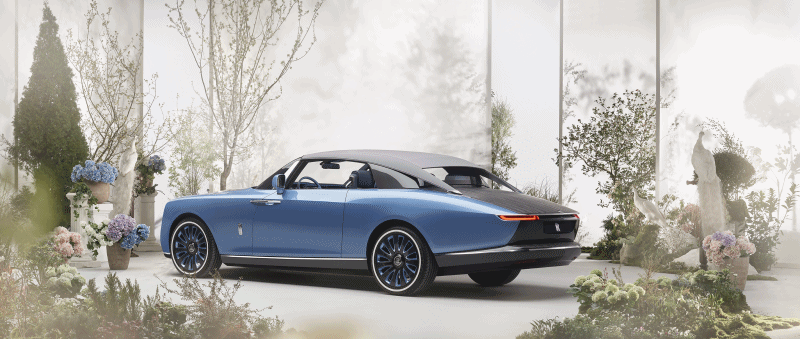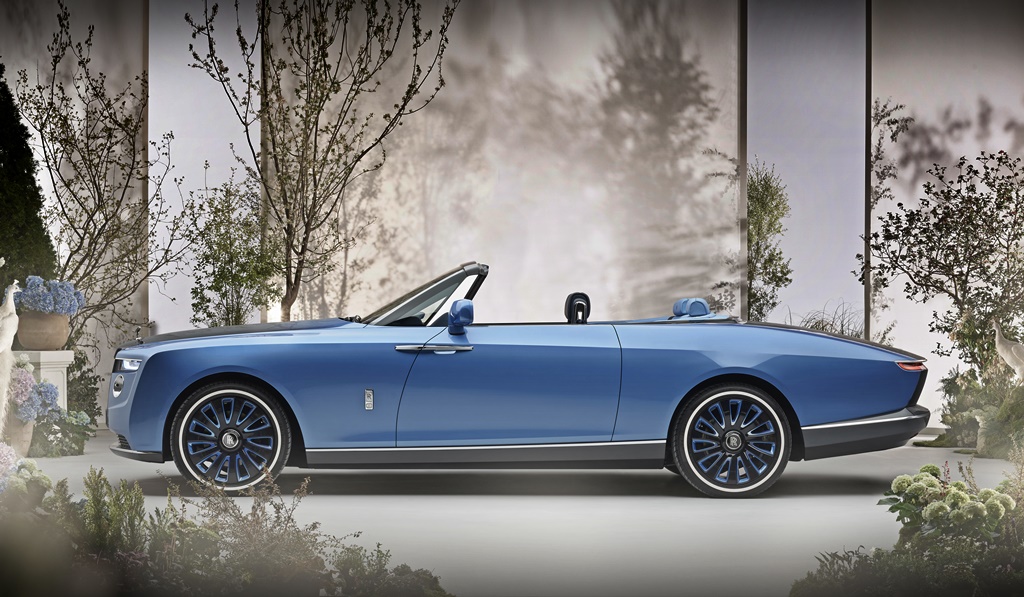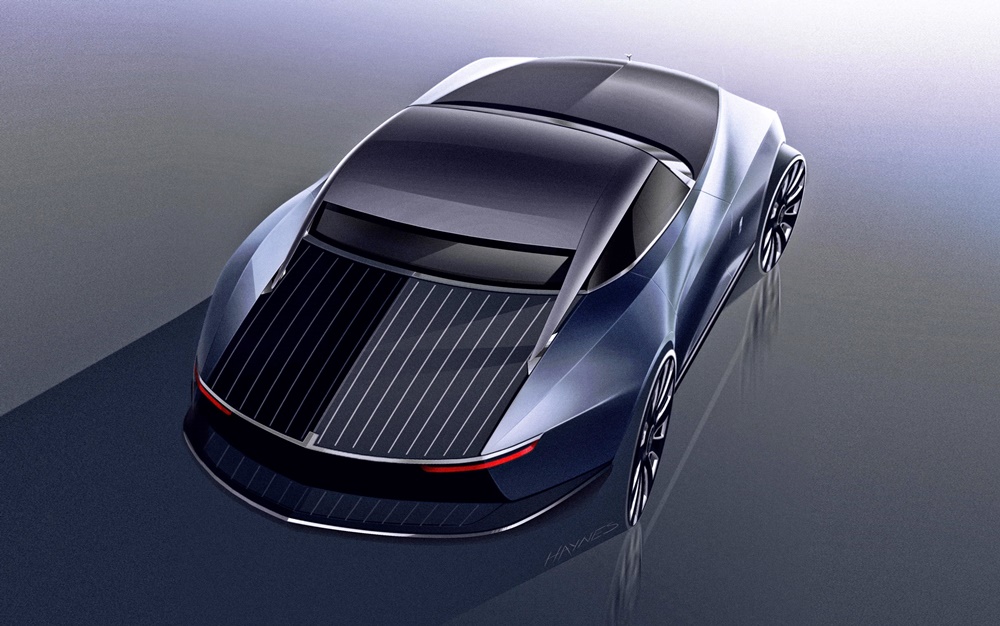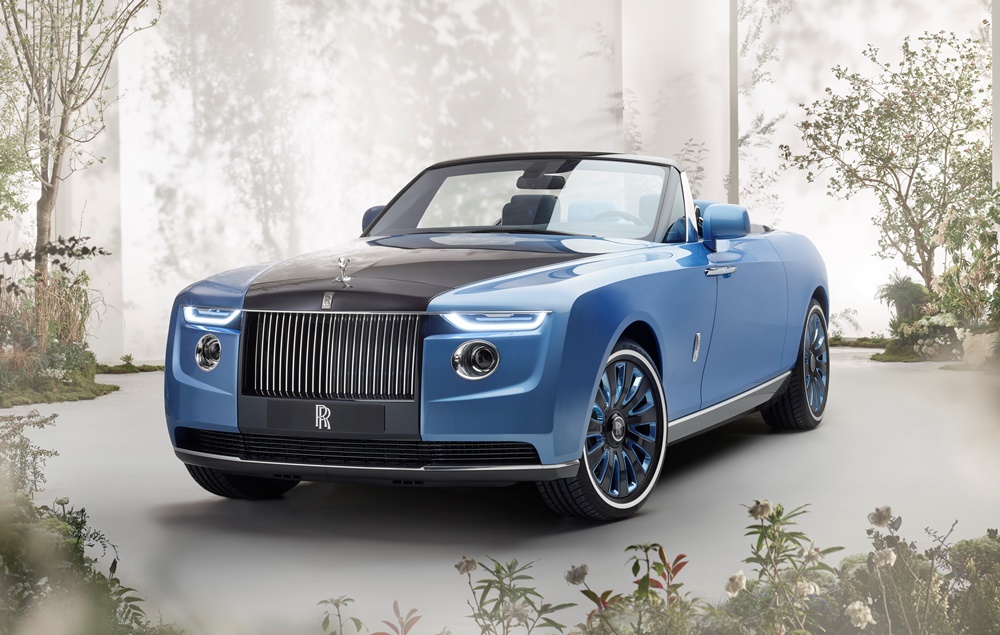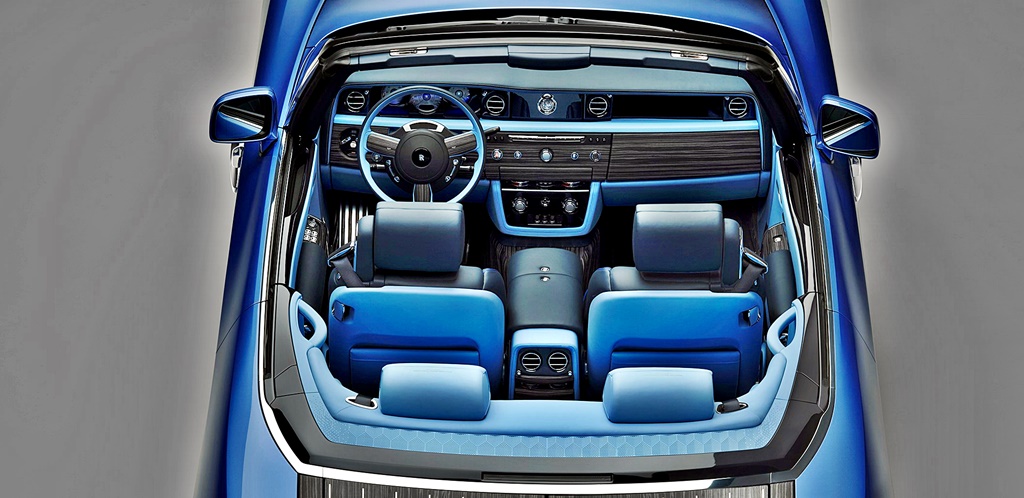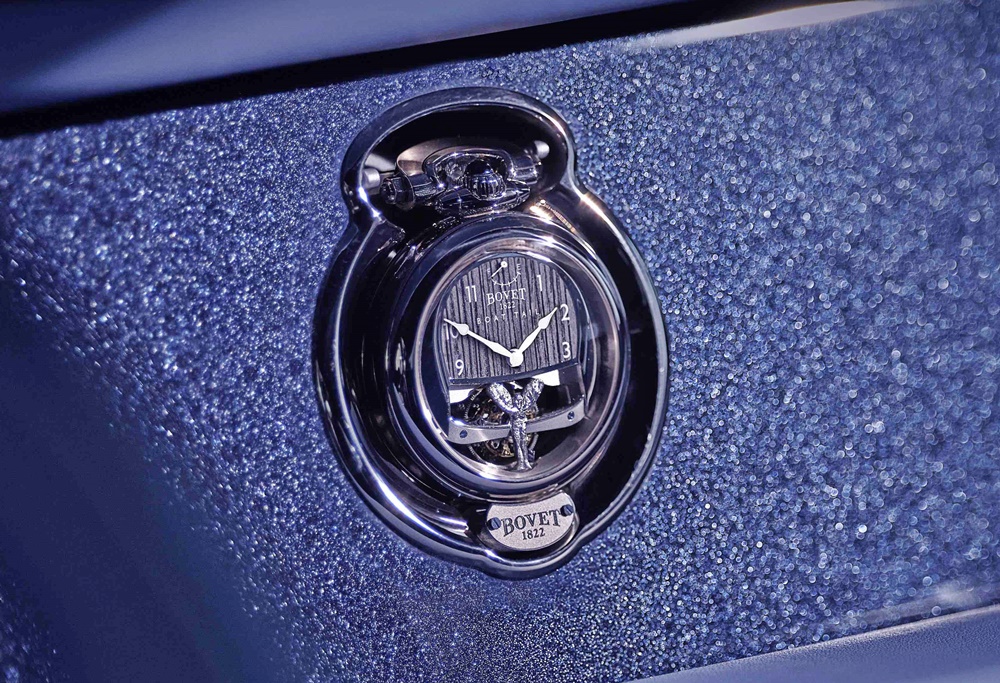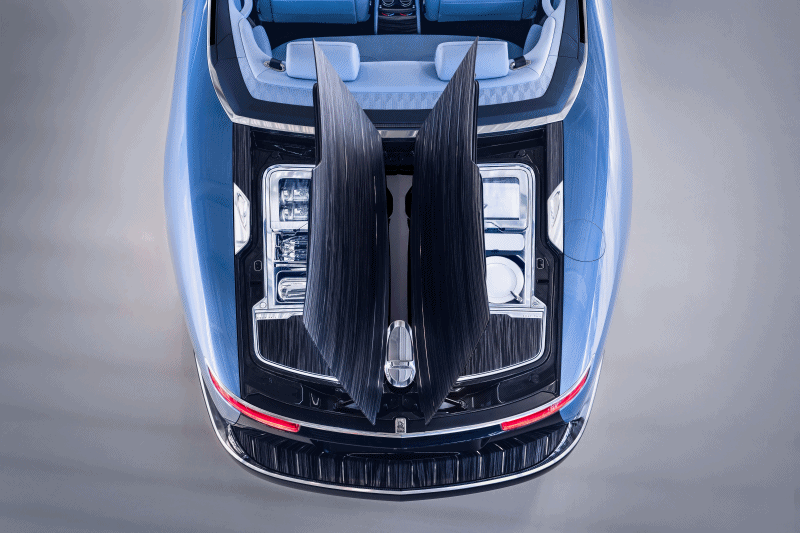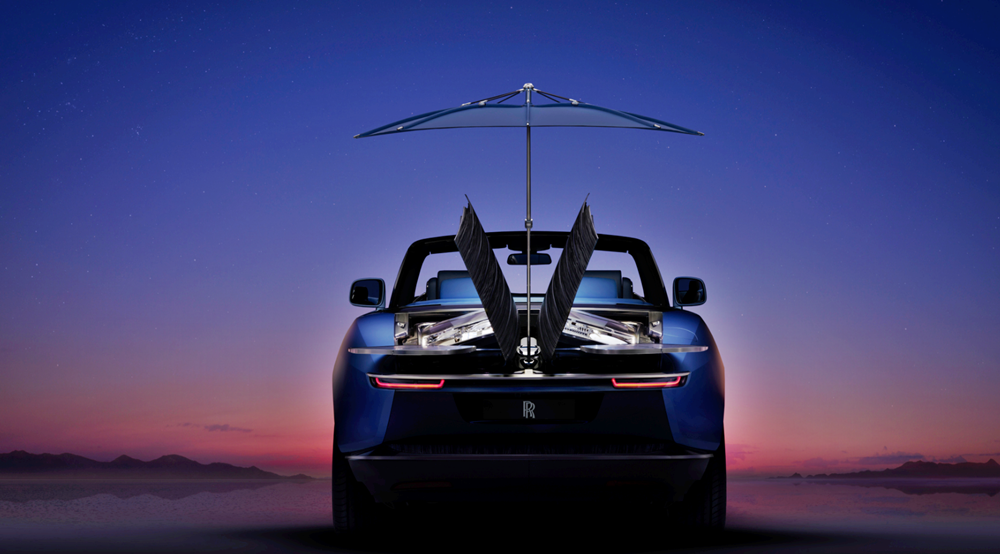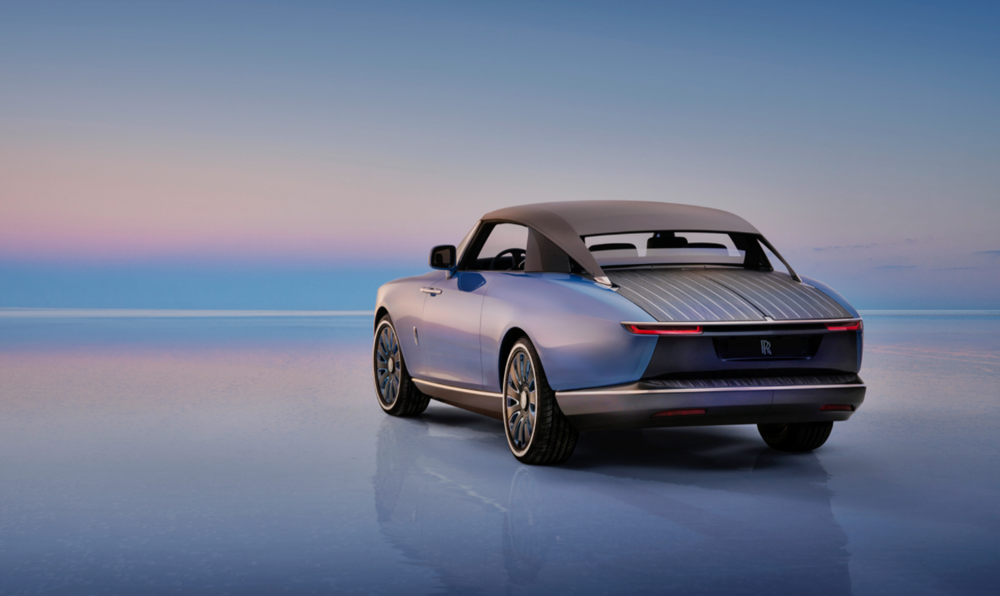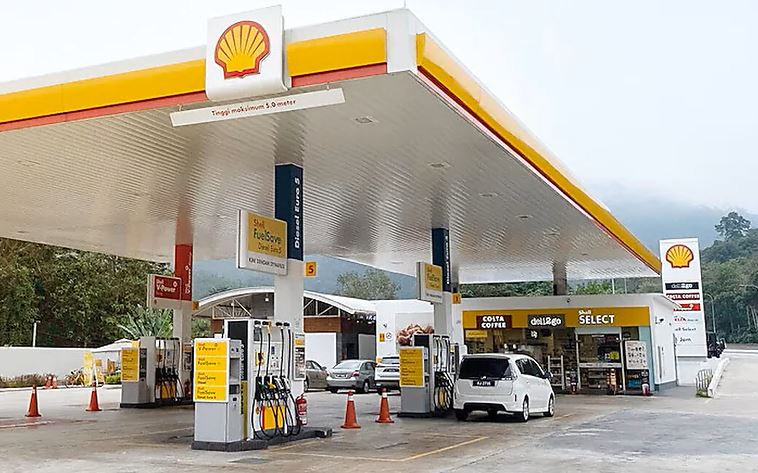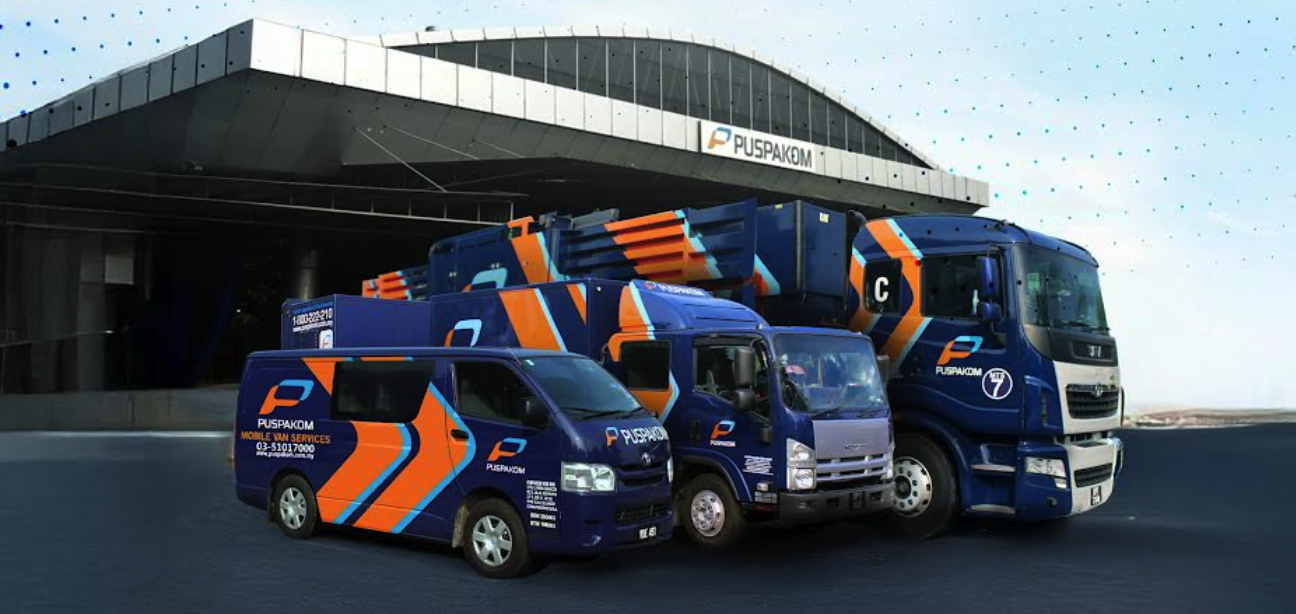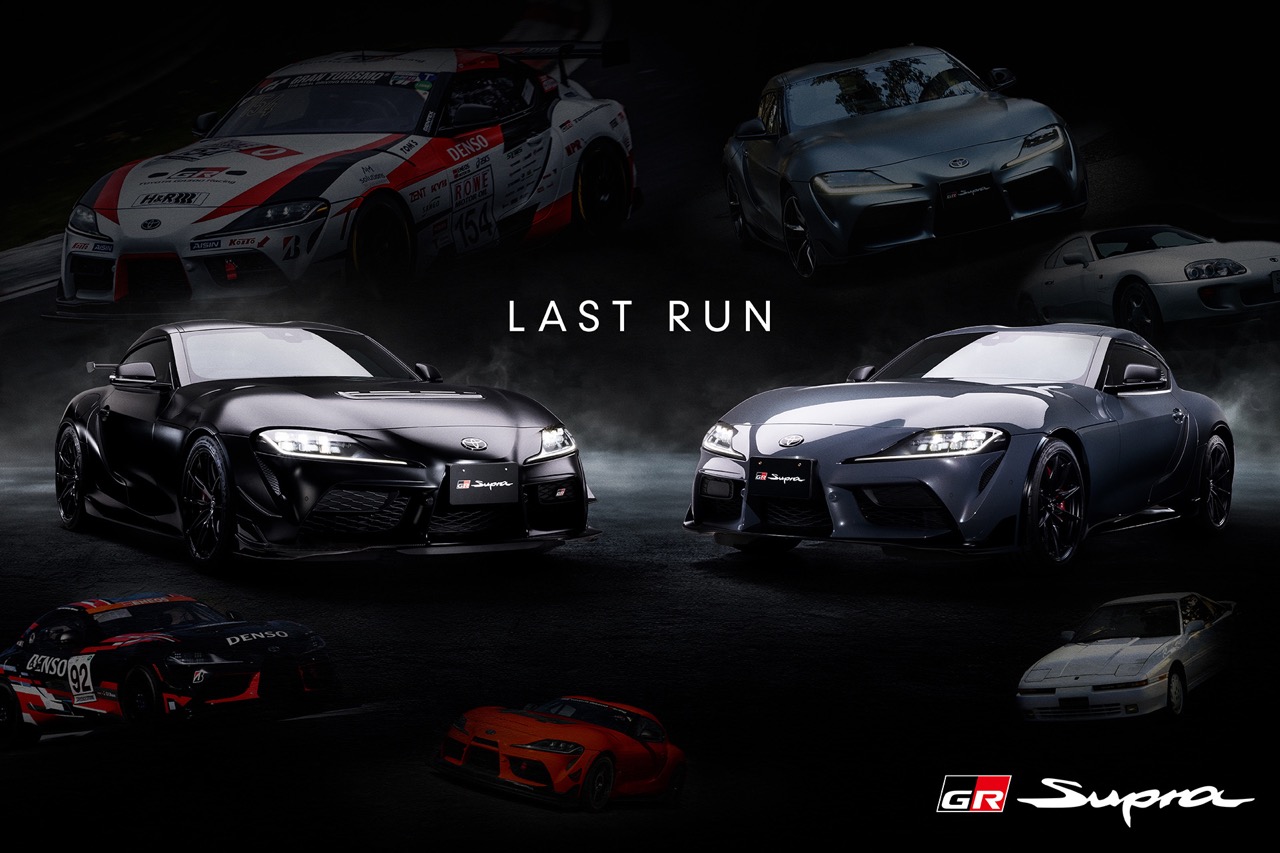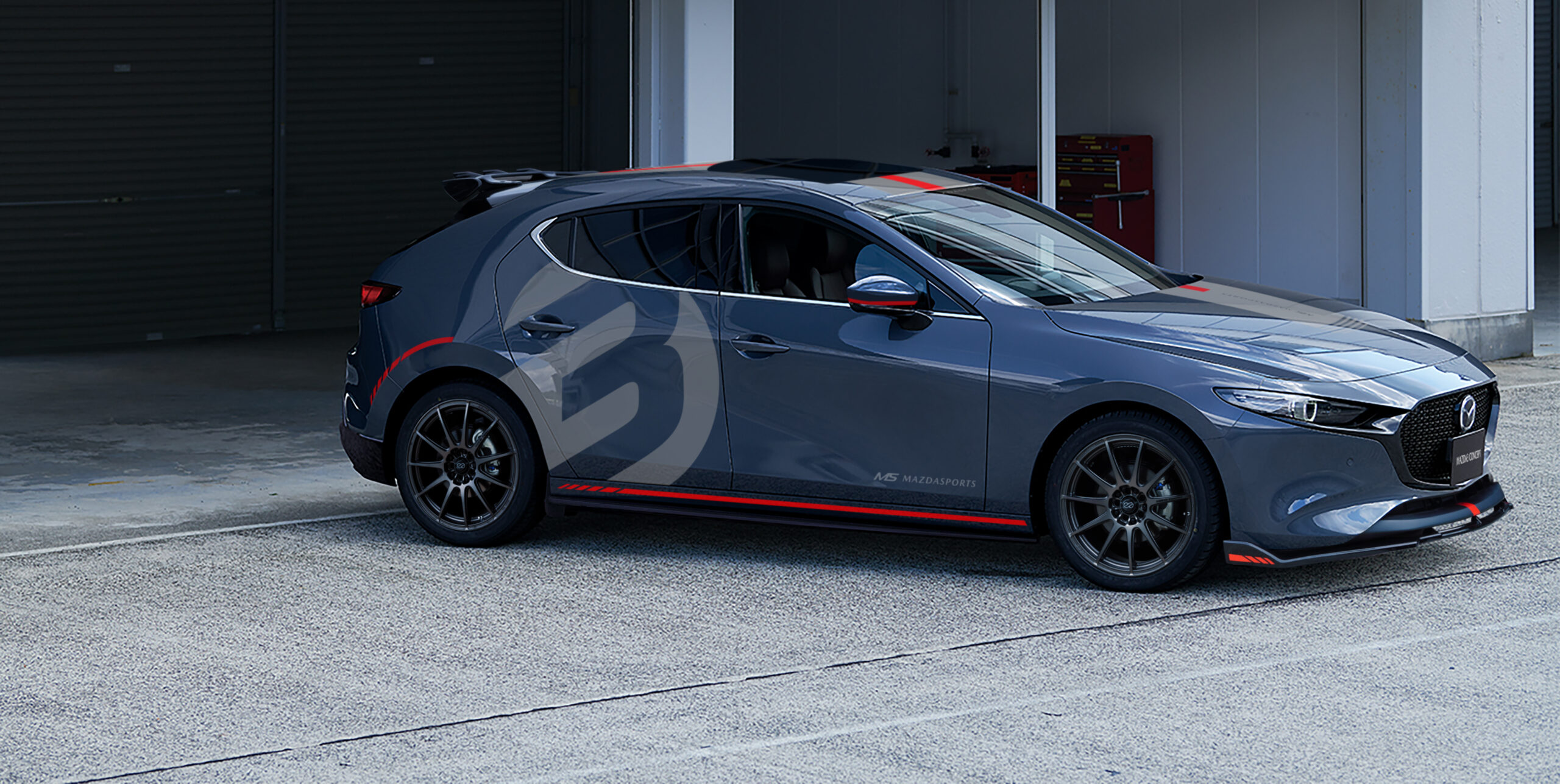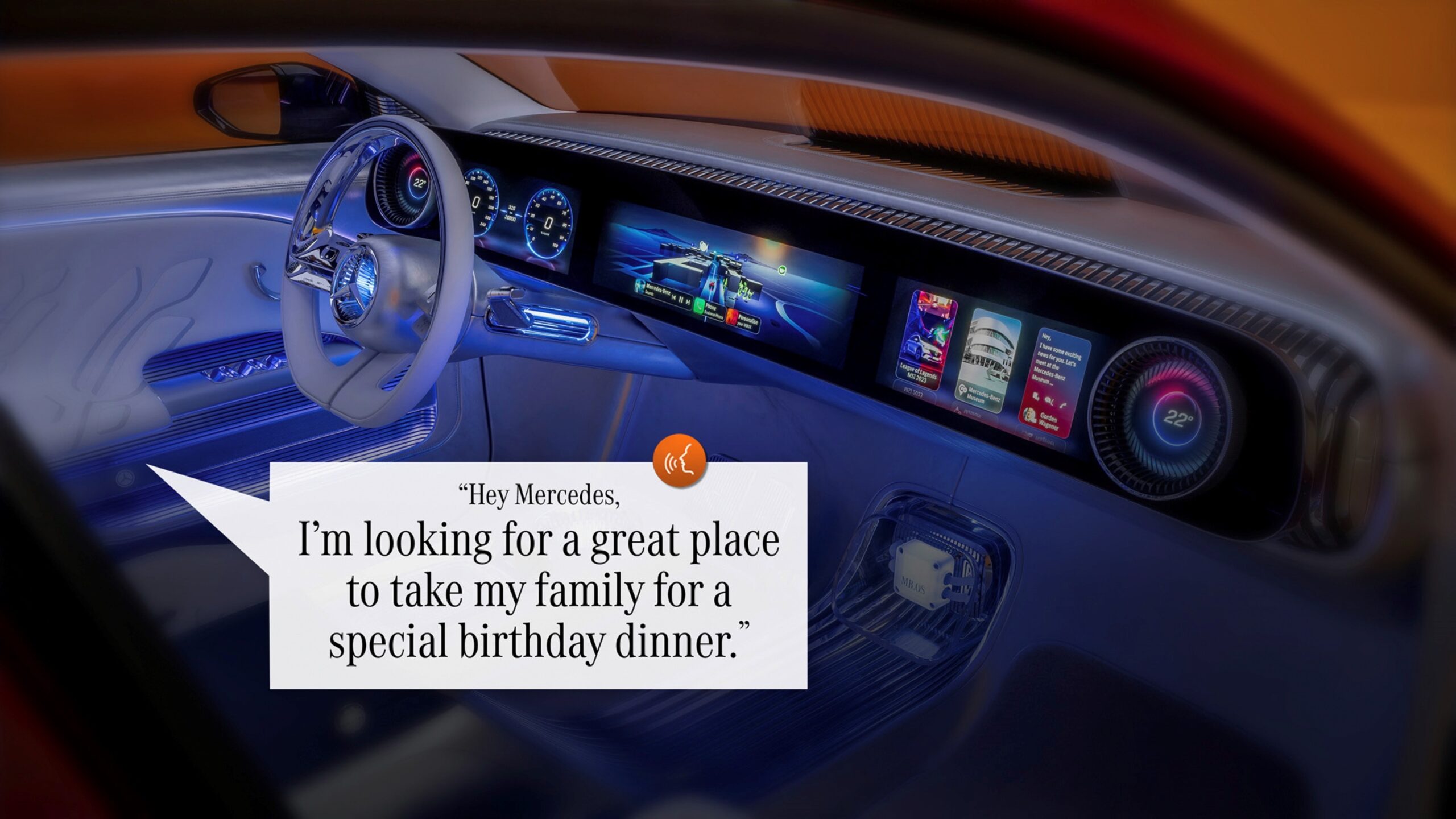Recently, Rolls-Royce announced that it has re-established its Coachbuild department which will offer customers a totally exclusive car of their own, well beyond the personalisation available from its Bespoke services. The Coachbuild department brings back a lost art and science of making cars which goes back to the earliest years of the motorcar, before mass production began in factories.
The carmaker must have been talking to some customers about this new development for some time as they already have a coachbuilt model to show. It has been commissioned by a customer and is known as the ‘Boat Tail’.
“Today marks a seminal moment for the House of Rolls-Royce. We are proud to unveil Rolls-Royce Boat Tail to the world, and with it, the confirmation of coachbuilding as a permanent fixture within our future portfolio. Historically, coachbuilding had been an integral part of the Rolls-Royce story. In the contemporary Rolls-Royce narrative, it has informed our guiding philosophy of Bespoke. But it is so much more. Rolls-Royce Coachbuild is a return to the very roots of our brand. It represents an opportunity for the select few to participate in the creation of utterly unique and truly personal commissions of future historical significance. This is authentic luxury. This is contemporary patronage in its truest form. This is Rolls-Royce Coachbuild,” said Torsten Muller-Otvos, Chief Executive of Rolls-Royce, at the presentation this afternoon in England.
Sweptail demonstrated coachbuilding expertise
The Sweptail, presented in 2017 as a demonstration of the coachbuilding expertise of Rolls-Royce attracted the attention of a number of customers. They approached the company to discover if they too could collaborate on a unique commission. The company was agreeable and this was the genesis of a permanent contemporary Coachbuild department at Rolls-Royce.
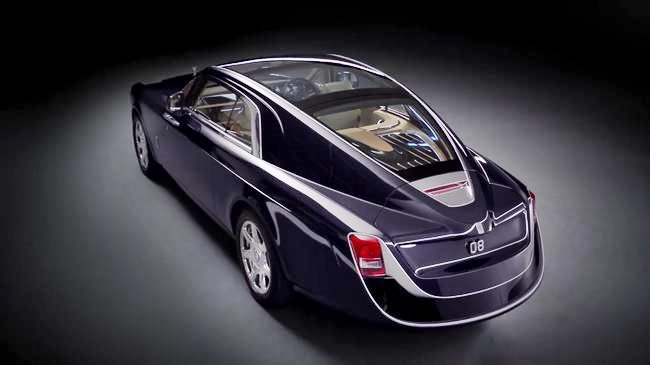
Within this group, it emerged that three potential customers shared a deep appreciation of contemporary nautical design. J-Class yachts were often referenced as points of inspiration, both for their purity of form and their requirement for hand-craftsmanship at the highest level to bring them into existence.
Customer-led creative expression
This customer-led creative expression established the contemporary expression of the Boat Tail typology, where coachbuilders would graft the hull forms of sailing boats onto the rolling chassis of a Rolls-Royce. When the idea of this design direction was proposed, the three customers made a single demand: “Show me something that I have never seen before.”
In consultation with the customers concerned, an agreement was reached whereby three cars would share a common body, but each would then be individually, highly personalised, reflecting the confluence between vision, capability and ambition of the marque and each of the individual commissioning patrons.
New realms of design opportunity
The manual techniques of coachbuilding offer new realms of design opportunity. Once the preliminary design proposal is penned by hand, the discovery of the form is enabled with a full-sized sculpture in clay, allowing hand-crafted manipulation of the expansive surfaces to perfect its shape.
Employing age-old individual hand skills and craft, a living canvas is created from metal–honing and optimising the aluminium body, creating a clarity of surface and continuation of line that is unable to be achieved by machine alone. The process is akin to yacht building with the process of hand-refinement repeated almost endlessly, without the pressure of time.
Who are the customers?
The first Rolls-Royce Boat Tail, unveiled today, is a curation of exceptional thoughts, concepts and items, which culminate to form the customer’s perfect experience. The commissioning customers of this unit are a globally successful couple and their desire was to create a response to a life of hard work, success achieved, and celebration required.
Their fascination of the Boat Tail form was furthered by a motorcar in their private collection – a 1932 Rolls-Royce Boat Tail, lovingly restored by them, in time for their modern Boat Tail’s completion. Thus this creation tells the romantic tale of Rolls-Royce’s history, echoing a Boat Tail design but not explicitly mimicking it, fusing an historical body type with a thoroughly contemporary design.
The visual connection to boats
While much of the car, almost 5.9 metres long, has all the elements of a modern Rolls-Royce, it is at the rear where the nautical references are apparent. The ‘aft deck’, a modern interpretation of the wooden rear decks of historical Boat Tails, incorporates large swathes of wood. Caleidolegno veneer is applied in a feat of Rolls-Royce engineering; the grey and black material which is typically housed in the interior, has been specially adapted to be used on the exterior, with no compromise to the aesthetic.
From the rear, one perceives a strong graphical composition marked by further horizontal emphasis, accentuating Boat Tail’s great width. An explicit architectural influence is discovered in the Boat Tail’s unconventional fixed-canopy roof. Adding to the sculptural form, the sweeping roofline concludes in delicate structural elements that touch down on the rear, redolent of flying buttresses. Of course, if rainy weather is encountered while the roof is removed, a temporary tonneau is stowed for static transitory shelter.
Blue bodywork and elements
The exterior of Rolls-Royce Boat Tail is swathed in a rich and complex tone of the customers’ favourite colour – blue. The hue, with an overt nautical connotation, is subtle when in shadows but in sunlight, embedded metallic and crystal flakes bring a vibrant and energetic aura to the finish. To ensure the smoothest possible application when rendering the exterior, a finger was run over the definitive body line before the paint had fully dried to soften its edges.
The wheels are also finished in bright blue, highly polished and clear coated to add to the Boat Tail’s celebratory character. A hand-painted, gradated bonnet, a first for Rolls-Royce, rises from a comparatively subdued deeper blue which cascades onto the grille, providing a progressive but informal aesthetic and a solidity of overall volume when viewed from the front.
The interior leather reflects the bonnet’s colour tone transition with the front seats swathed in the darker blue hue, recognising the Boat Tail’s driver focused intent, while the rear seats are finished in the lighter tone. A soft metallic sheen is applied to the leather to accentuate its pairing with the painted exterior while detailed stitching and piping is applied in a more intense blue inspired by the hands of the car’s timepieces.
The fascia is distilled in its appearance, purposefully reduced to provide a modern aesthetic. This minimalist canvas accentuates the jewel like features of the completely unique BOVET 1822 timepieces specifically commissioned by the customer for the Boat Tail. As collecting pens is another of the customers’ great passions, a particularly cherished Montblanc pen will reside in a discretely placed, hand-crafted, case of aluminium and leather, in the glovebox.
“This car should mark a sense of occasion and serve that occasion like nothing else”. Such was the brief of the customers. In response and in reflection of their character, the rear deck inconspicuously houses a highly ambitious concept never seen before in the automotive world. At the press of a button, the deck opens in a sweeping butterfly gesture, to reveal an intricate and generous hosting suite. Its complex movement was inspired by cantilever concepts explored by renowned architect Santiago Calatrava.
Unique rear compartment
The chest contains all that is required for a true Rolls-Royce al fresco dining experience – one side dedicated to aperitifs, the other, cuisine, complete with cutlery engraved with the name ‘Boat Tail’. A double refrigerator has been developed to house the customers’ favourite champagne, with elegant cradles created to stow the specific bottle size within the refrigerator, the surrounds are highly polished and colour matched to the bottle.
A classic design element of contemporary Rolls-Royce motor cars is the stowage of Rolls-Royce umbrellas in the doors, in anticipation of possible bad weather. In a delightful twist and to heighten the languid experience of the Boat Tail, a unique parasol is housed beneath the rear centreline in anticipation of fine weather. A telescopic movement opens this beautiful and whimsical canopy inversely, ensuring effortless deployment.
Cocktail tables, which elegantly rotate to mimic the offering of an attendant, open on either side of the hosting suite providing access to two highly contemporary minimalist stools, which are discretely stowed below. Designed by Rolls-Royce and created by Italian furniture-maker Promemoria, the slim-line interlocking stools are formed from the same technical fibre found on the exterior of the car.
“Boat Tail is the culmination of collaboration, ambition, endeavour, and time. It was born from a desire to celebrate success and create a lasting legacy. In its remarkable realisation, Rolls-Royce Boat Tail forges a pivotal moment in our marque’s history and in the contemporary luxury landscape,” said Muller-Otvos.
Rolls-Royce re-establishes its Coachbuild department to go beyond Bespoke





